Earlier today on Facebook I ran across an image originally posted on the Daily Quotes Web site. The image listed “12 Things Successful People Do Differently.” As I read the list, it occurred to me that these dozen simple steps shape the backbone of not just “successful” people, but also anyone who seeks to develop their personal brand of creativity. Let’s take these steps, one by one, and apply them to what I’ll call “creatives,” people who are consistent makers of fixed physical items such as a sculpture, painting or even a pharmaceutical drug, moving pieces of art or technology such as a choreographed sand painting or the International Space Station, or reproducible works such as a novel or poem that can appear in manuscript, book or digital form.
1. Creatives create and pursue focused goals. Whether you’re a mixed media artist who is experimenting with collage techniques, a novelist writing 3,000 words a day, or an artisan carving rocking chairs from saplings, you have a mental image of where you plan to be at the end of your project. That doesn’t mean that you won’t take an experimental detour or a wrong turn along the way, but that because you have a light shining at the end of the tunnel, you will tend to treat mistakes or side explorations as part of the same journey. Without clear objectives, you simply don’t get the job done. Creating and pursuing focused goals is often referred to as a mission statement in the business world. No mission? No direction. I can’t help thinking of the quilt blocks I sewed decades ago, collecting dust in a box somewhere in my garage. Why? I had no idea what I planned to do with them in the first place.
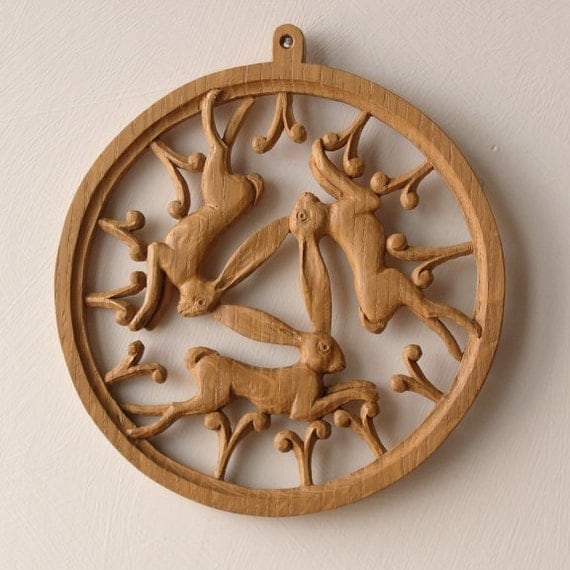
2. Creatives take decisive and immediate action. Does this mean that creatives are inflexible, and that once they make up their minds about what they want to accomplish, they don’t think about things? Absolutely not! Once you know what your objective is, the next step is to come up with an action plan that will get you started on your path. For example, a mixed media artist would likely gather the tools and supplies needed for a collage, a novelist might develop an outline to help him or her stay on track, and a woodcarver might make a sketch or prototype before making that first cut into a block of wood. Even if the goal is to experiment with new techniques, a creative will take concrete steps (that might, admittedly, be loose!) to achieve that goal.
3. Creatives focus on being productive, not being busy. How often do you allow yourself to be distracted by e-mail, phone calls, walking the dog (again), taking out the trash (again), or watching the clock? If you want to produce something, you can’t allow yourself to be distracted by daily minutiae. In other words, “work smarter, not harder.” Surround yourself with the tools and supplies you need to complete your work, and create an environment that will make you want to stay there. When a creative is truly being productive instead of being busy, she or he might say they are experiencing “flow,” or a oneness with the task that seems to stretch time, or creates a lack of awareness that time is passing.

4. Creatives make logical, informed decisions. Weighing alternatives, experimenting to find the best (or another) option, examining costs, and asking “what if” or “why not” questions are as necessary for a creative as breathing; making decisions based on reflection is simply common sense. If I don’t have a large budget for commercial glitter sprays, for example, is there a way I can make my own more economically? Will I sacrifice some quality? It is a myth that creative people are left-brain impaired; this is simply popular psychology-speak for saying that some people don’t think things through logically. That’s a personal characteristic of some people—creative or not—not a set-in-stone description of creative people!
5. Creatives avoid the trap of trying to make things perfect. Once upon a time, when I took creative writing classes, I can remember my professor telling us to shut down our internal editor when writing a first draft; if you don’t, that’s a perfect formula for writer’s block. No one is perfect. Some of the best works of art and scientific discoveries are the result of so-called errors. Remember that your goal is to actually accomplish something. If you consistently take three steps backward for every step forward, you’re not going to be very productive!
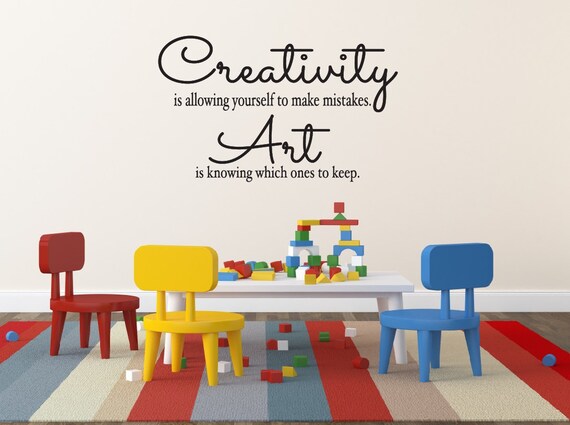
6. Creatives work outside of their comfort zone. Truly innovative work is the result of an individual stretching himself or herself beyond foundational knowledge, looking for ways to modify repetitive or basic elements, and taking the risk that a new technique or material might not work. Just because you never learned how to draw is not a good reason not to incorporate drawing in your sewing. You’ll never know what you can accomplish until you try, and you’ll never grow new skills without challenging yourself to try new opportunities. Working outside of your comfort zone also keeps the work interesting, not only for yourself, but also for others who follow your work.
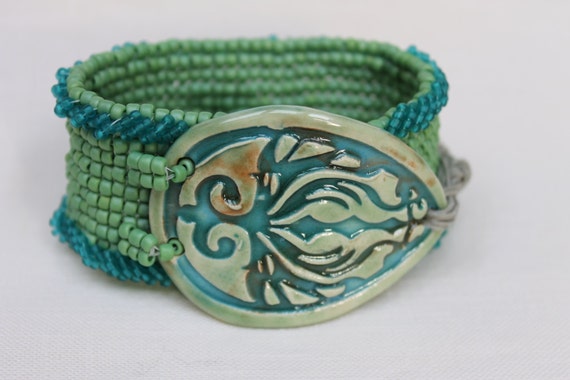
7. Creatives keep things simple. While it’s important to weigh alternatives, it’s equally important at some point to take the plunge and dive into a project. It’s not necessary to incorporate every idea you have generated into a piece of work. Focus on what’s important, and keep things reasonably simple. This step is the sister to #5, avoiding the trap of making things perfect. Your Great American Novel is not going to get written if you spend all your time researching and outlining. Begin your project, finish it and then modify it as necessary afterward. But don’t spend a lifetime revising things, either!
8. Creatives focus on making small, continuous improvements. This step is all about pushing the peanut forward after you learn from mistakes or find a better way to do things. If you make many changes all at once, how are you going to know what change created the final or best impact? Give yourself time to reflect, and then to make further changes. Sometimes you’ll discover that change is actually a variation instead of an improvement, and that’s okay, too.
9. Creatives measure and track their progress. A fellow BBEST team member, Myfanwy Hart, who is an expert at dying threads, fiber and fabrics, blogged once about the detailed notes she keeps about how she achieves her color variations. When you experience success (or failure), you will never be able to repeat it (or avoid repetition) if you don’t keep clear records. When I produce my handmade books, I keep detailed notes about where to purchase supplies and their costs, how to assemble specific sizes and types of books, and what materials work better than others. Since I sell the products I make, I also track sales, which enables me to determine whether I need to produce more of one type of book than another, and also when to produce it. Even if you don’t sell what you create, it’s impossible to make effective changes or improvements without tracking or recording your methods.
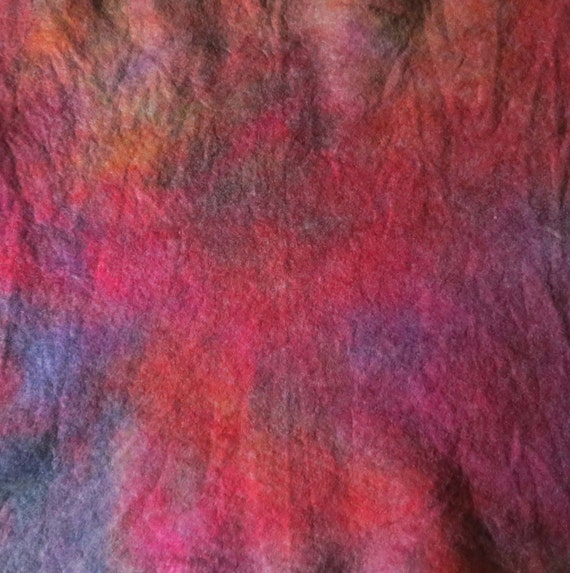
10. Creatives maintain a positive attitude as they learn from mistakes. When Thomas Edison was asked by a reporter if he felt like a failure after over 10,000 unsuccessful attempts to invent the light bulb, he responded by saying, “Young man, why would I feel like a failure? And why would I ever give up? I now know definitively over 9,000 ways that an electric light bulb will not work. Success is almost in my grasp.” The lesson here is obvious: that every error is a learning opportunity. Remember that the goal is not perfection. Review Step #5 about avoiding perfection, Step #6 about working outside your comfort zone and taking risks, and Step #8 about making improvements.
11. Creatives spend time with motivational people. Even if you are more introverted than extroverted, it is helpful to surround yourself with positive people who will encourage you to explore new knowledge and techniques, to pick yourself up when you fall down, and to remind you of your goals when you lose sight of them. I don’t buy into the stereotypical image of the anguished artist or writer, placing brush or pen to paper in response to angst. Once more, this is a characteristic of some individuals, not an entire class of creatives. It’s helpful to anyone who creates to be surrounded by people who support you, instead of dragging you down; it’s just plain common sense. “Tell me with whom you go,” my mother used to say, “and I’ll tell you who you are.”
12. Creatives maintain balance in their life. Life is not just about about creating, although it’s lovely to think about. You need to nurture your creative life with relationships, with exercise and healthy eating habits, with field trips, fun, and time for dreaming and reflecting. And you need to take some time to brush your teeth and pay the bills. Life is all about balance, and creativity is part of that equation.
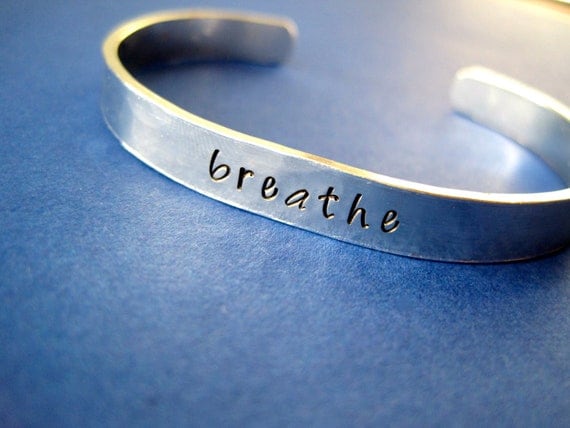
Twelve simple steps for developing your creative life—can you think of others?
© 2014 Judy Nolan. All rights reserved.

Great post! Finding balance continues to be the hardest part for me. Every day is a juggling act, and some days I can’t seem to keep all the balls in the air.
Great article with great explanations of creative details for the artist! Found some great suggestions which I will mark in my own notes! Thanks!
My weak area is tracking information. I just… lose interest when it comes to crunching numbers or making a spreadsheet of where I get certain materials. I’m trying to be better about it with the Room Kits, though!
I needed this – I think! I’m not doing so good with any of the twelve. Time to take stock and see what I need to do to get to where I want to go.
Thanks, Judy!
Thank you. Your post made me feel like I’m on the right track with my blogs and Etsy shop.
Good points!
If only I could do all of those all the time!
I was trained in science, so I always mark all my mixed dyes with the color and date. I also keep a record of my formulas. There’s no way I would remember all of that.
As far as mistakes go, sometimes they turn out to be better than the original plan.
(great quote from you mother!)